Compare and Contrast of Mariana Arc and the Cascade Mountain Chain
Item
-
Title
-
Compare and Contrast of Mariana Arc and the Cascade Mountain Chain
-
Description
-
A comparative look at the landforms, magma settings, and the geochemistry of two convergent margins.
-
Cascades Subduction Zone
Ocean-Continental Convergent margin with volcanic arc on North American Plate
Cascadia magma generation influence by melting of continental crust when subducting Juan de Fuca plate is dewatered. Mariana Arc is oceanic crust melting.
Increasing proportion of incompatibles as continental crust melts, compatibles diluted from influx of other elements.
Juan de Fuca and Gorda plate subducting beneath North American plate
Strato- and Shield Volcanoes, Lava domes, and cinder cones -- 20 major volcanoes formed in past 1-2 million years (Mt. St. Helens stratovolcano)
Mountain range building also due to sediment being shoved onto continental plate and pressure of convergence forcing mountain range upward. Not all volcanic origin.
Juan de Fuca plate and Gorda plate moving into North American subduction zone at 0.4 inches per year, and over a distance 680 miles of fault area.
Volcanos common from faulting.
Linear Volcanic arc with volcanic rocks of tholeiitic and high alumina composition
While compatible elements are crystallizing out of rising magma body through fractional crystallization there is also the influx of incompatibles. Incompatibles are melted off of source rock first due to being less stable in solid form compared to other compatibles in the rock.
Na, K, REEs behave incompatibly, seen as increasing trends on graphs (including total alkalis graph)
Increasing trend of Na and K compared to decreasing trends of other elements due to Na and K being incompatible in the continental source rock that a magma body is moving through. Decreasing trend of compatibles due to lower weight percentage while fractionation occurs as well as dilution of overall proportion as incompatibles are introduced to system.
Mariana Arc
Ocean-Ocean Convergent Margin with Island Arc
15 Islands comprise the arc
Calc-Alkaline to Tholeiitic Composition
Mariana Trench: Deepest Point in the Ocean and lowest point on the Surface of the Earth
Part of the Izu-Bonin-Mariana Arc System in the West Pacific
Western Pacific Plate subducting under the Philippine Plate
Rate of Subduction between ~2cm/a in south to ~6cm/a in the north
Angle of Subduction changes at ~100km, from shallow to near vertical
Na, K, REEs behave incompatibly
Al behaves as a compatible in this system, and relatively high in weight percent compared to Cascades.
This could be caused by the Mariana Arc lacking the incompatible mineral phases of Al2O3, while the Cascades those mineral phases are present and thus Al can behave incompatibly and compatibly
K and Na values relatively low in weight percent compared to Cascades
Potentially low values caused by being ocean-ocean subduction, so assimilation through crust introduces low amounts of incompatibles due to already being depleted in such elements. Cascades have the partial melting of continental lithosphere and crust and thus the introduction of more alkalis and other incompatibles
Fe weight percents in Mariana Arc are more spread apart than in the Cascades
This could be due to the fact that the Mariana Arc is entirely oceanic, and Fe would behave more incompatibly in such a system due to a lack of incompatible mineral phases
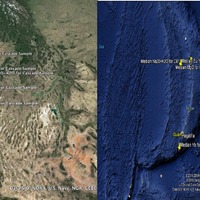 https://exhibits.lafayette.edu/geology/files/original/a7a9fd7cac8f34bb36734e4b0d67eb50.png
https://exhibits.lafayette.edu/geology/files/original/a7a9fd7cac8f34bb36734e4b0d67eb50.png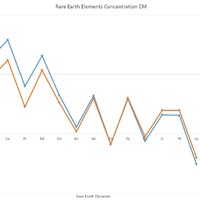 https://exhibits.lafayette.edu/geology/files/original/46c190a0ff529073d1e412e7c221a221.jpg
https://exhibits.lafayette.edu/geology/files/original/46c190a0ff529073d1e412e7c221a221.jpg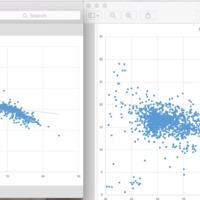 https://exhibits.lafayette.edu/geology/files/original/4a3d9694dcd6209e7dffbef7979e625e.png
https://exhibits.lafayette.edu/geology/files/original/4a3d9694dcd6209e7dffbef7979e625e.png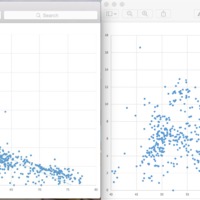 https://exhibits.lafayette.edu/geology/files/original/953a4383e41de01db3135243b4169bc9.png
https://exhibits.lafayette.edu/geology/files/original/953a4383e41de01db3135243b4169bc9.png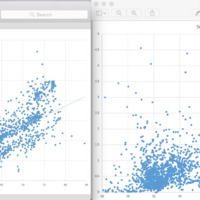 https://exhibits.lafayette.edu/geology/files/original/d523ae0b4c726f7f218db852326b4882.png
https://exhibits.lafayette.edu/geology/files/original/d523ae0b4c726f7f218db852326b4882.png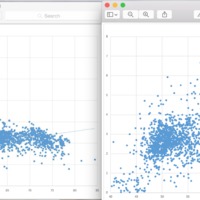 https://exhibits.lafayette.edu/geology/files/original/a324324478f504986d58023e57a9ebd5.png
https://exhibits.lafayette.edu/geology/files/original/a324324478f504986d58023e57a9ebd5.png





